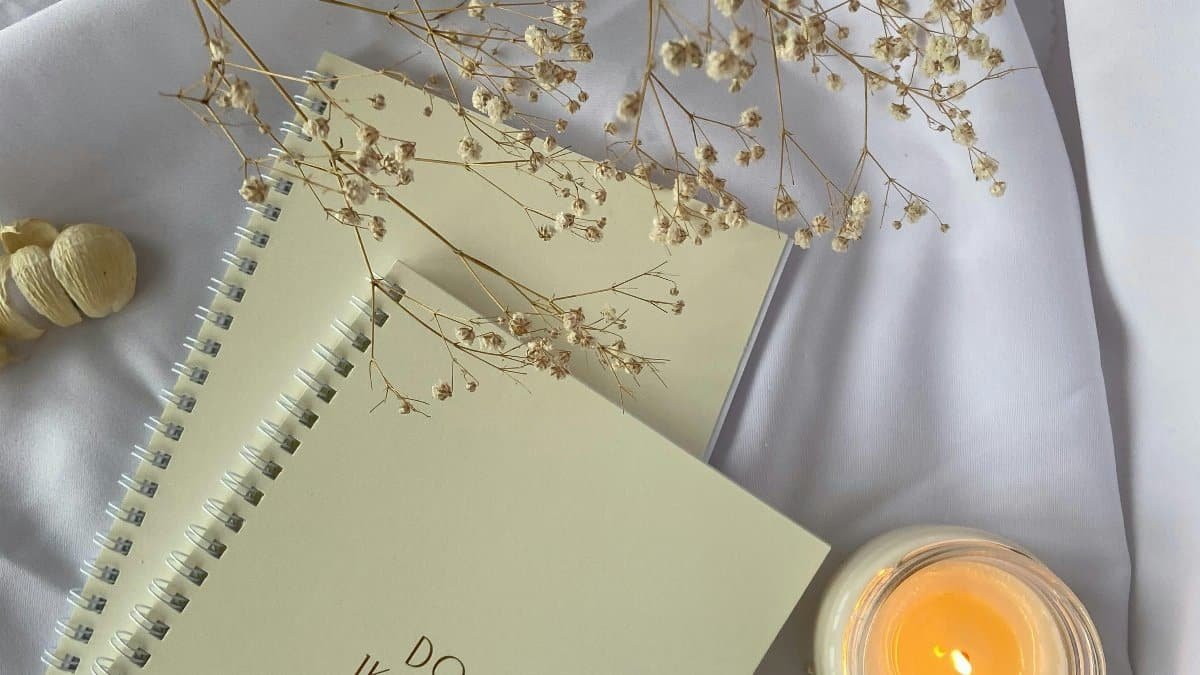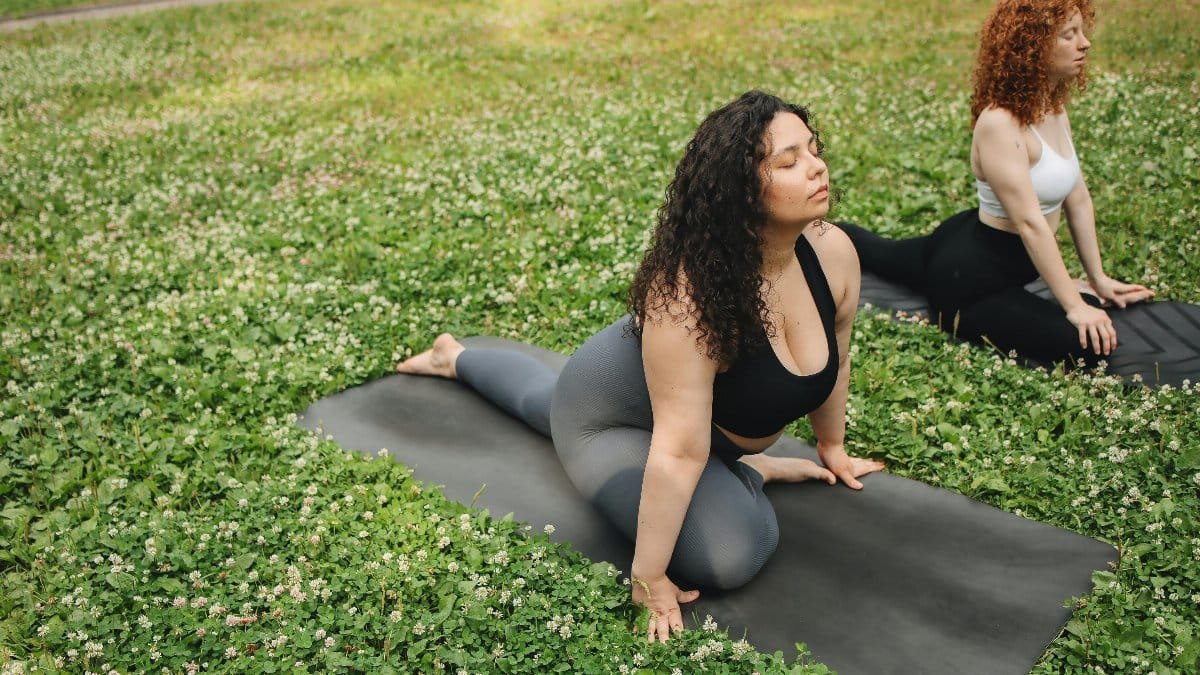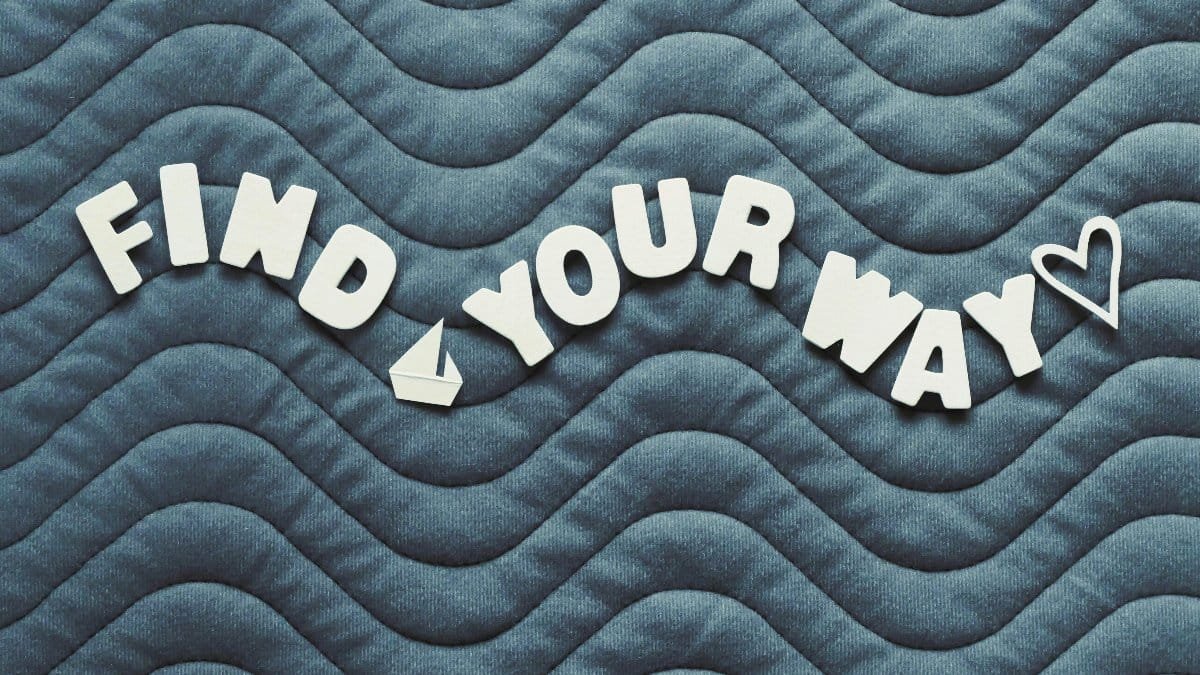Driving through the chaotic streets of New York City on a hectic weekday. Horns blast, crowds flood the sidewalks, and phones won’t stop buzzing. It’s pure madness, yet some folks somehow find calm in this storm. They’re weaving mindfulness into their busy days, and honestly, it’s not just some passing fad. It’s kinda becoming a real lifeline for surviving modern chaos. Think about it—amidst all the noise, they’re carving out tiny moments of peace. Maybe it’s a quick breath or a quiet thought, but it works. Hard to say, but it’s almost like a secret weapon against the grind. Heck, even in traffic, some are probably zoning out to a calming app or just staring at the skyline for a second. It’s wild how small shifts can feel so huge.
1. Meditation: Not Just for Monks Anymore

Gone are the days when meditation was only for monks perched in remote Himalayan caves. Now, it’s as mainstream as yoga at local gyms. A 2023 survey from the National Center for Health Statistics showed meditation use among U.S. adults tripled recently. People are diving into this old-school practice to tame stress and sharpen focus. It’s sorta amazing how a few quiet minutes can reset a frantic day. Picture someone sitting in a noisy apartment, just breathing deep while the city roars outside. Or maybe a busy parent sneaking five minutes before the kids wake up. It’s not fancy—just raw and real. Some even pair it with morning coffee, turning a rushed ritual into a calm start. Heck, there are apps guiding newbies through it step by step. It’s less intimidating than it sounds, and honestly, the mental clarity is worth a shot. Check out insights from Harvard Health on how it even boosts heart health. Pretty cool, right?
2. Mindfulness in the Workplace

Companies all over the U.S. are weaving mindfulness into their office vibes. Google’s got mindfulness courses, and other tech bigwigs are jumping on board. The logic is dead simple: a clear mind works better. By pushing staff to take short mindfulness breaks, firms see more creative sparks and less burnout. It’s a total win-win. Think of a stressed coder stepping away for a quick meditation in a quiet corner. Or maybe a team starting meetings with a one-minute silence to focus. It’s not some corporate gimmick—it’s practical. Some offices even set up cozy zen zones with dim lights and soft chairs. Hard to say, but it might just cut down on those tense email chains. Plus, employees chat about feeling less frazzled during crunch times. It’s sorta like giving the brain a mini-vacation without leaving the desk. There’s solid info on this at Forbes —worth a peek for the stats. It’s changing how work feels, one breath at a time.
3. Everyday Mindfulness: Small Changes, Big Impact

Integrating mindfulness doesn’t need big, dramatic moves. Start with tiny stuff instead. Take eating, for example—mindful eating means really tasting each bite. Notice the flavors, the textures, even the crunch. It’s a small tweak, but it makes meals more satisfying and aware. Some studies hint it could help digestion and even weight control. Picture slowing down over a simple sandwich, feeling the bread’s softness. Or maybe sipping tea and actually noticing the warmth. It’s kinda grounding in a rushed world. Hard to say, but it might stop mindless snacking during Netflix binges. Try it at breakfast—put the phone down and just eat. Some folks even journal what they taste, making it a little ritual. It’s not hard, just different. There’s neat research on this at Mayo Clinic if you’re curious. Honestly, these micro-moments stack up to a calmer day without much effort. Give it a whirl next time you’re munching.
4. Mindfulness and Technology: A Double-Edged Sword

By 2025, Tech Sabbaths—unplugging from devices for a full day—tackled digital burnout head-on. But tech isn’t all bad for mindfulness, believe it or not. Apps like Headspace and Calm help folks meditate anywhere, anytime. It’s about striking a balance, using gadgets to boost focus, not kill it. Think of someone on a crowded bus, earbuds in, following a guided session. Or maybe setting phone reminders to pause and breathe. It’s sorta handy, right? Hard to say, but tech can be a tool, not a trap. Some even use smartwatches to track stress levels during meditations. Then there’s the flip side—doomscrolling for hours, totally zoned out. Finding that sweet spot is key. A friend, let’s call her Jenna, shared how she ditched her phone every Sunday. She’d wander parks, sketch random stuff, and just listen to birds. No notifications, no stress—just quiet. It started as a dare, but now it’s her reset day. She swears her Mondays feel lighter, less rushed. Heck, even her sleep improved. Tech’s role is tricky, but manageable with a little intent. Dig into The New York Times for tips on balancing it out. It’s worth a read.
5. Mindful Parenting in a Fast-Paced World

Parenting today, with all the digital noise, can be straight-up draining. But mindfulness offers a way to cope. Mindful parenting means being truly there with the kids, building tighter bonds. It’s about listening—really hearing them out—and responding with care, not snap reactions. This idea’s catching on with U.S. families craving deeper, kinder connections. Picture a parent pausing mid-argument to just breathe with their teen. Or maybe sitting quietly during a toddler’s tantrum, staying calm. It’s sorta tough at first, but it shifts the vibe. Hard to say, but it might cut down on yelling matches over homework. Some parents even do quick meditations with their little ones before bed. Think of it—teaching a five-year-old to notice their breath while cuddling. It’s small, but powerful. Families report feeling less scattered, more in sync. There’s good stuff on this at Psychology Today if you wanna dive deeper. It’s not perfect, but it’s a start to less chaos at home.
6. Yoga and Mindfulness: A Natural Pairing

Yoga studios nationwide are blending mindfulness right into their sweaty sessions. Focusing on breath and staying in the now fits yoga’s core vibe. It’s not just about nailing tricky poses; it’s the headspace that counts. Many say they feel more grounded and way less jittery after. Imagine rolling out a mat in a packed class, just tuning out the world. Or maybe practicing at home, noticing each stretch with quiet focus. It’s kinda soothing, honestly. Hard to say, but pairing deep breaths with downward dog might ease a rough day. Some studios even start with short meditations, setting a chill tone. Others weave in mindful themes, like gratitude, during cool-downs. Practitioners often chat about sleeping better or stressing less over small stuff. It’s not magic—just consistent. Heck, even beginners notice a shift after a few tries. There’s solid backing on this from Johns Hopkins Medicine if you’re curious. It’s a combo that’s sticking around for good reason.
7. Challenges and Misconceptions

Sure, weaving mindfulness into life isn’t always smooth sailing. Some folks brush it off as a trendy fad. Others just struggle to sit still and try it. It’s key to get that mindfulness is super personal. What clicks for one might flop for another, and that’s fine. The trick is patience and staying open to it. Think of someone trying meditation and feeling silly at first. Or maybe getting frustrated when their mind wanders every two seconds. It’s sorta normal, right? Hard to say, but pushing through that awkward phase can pay off. Some assume it’s all about emptying your head—nah, it’s more about noticing thoughts. Others think you need hours daily, but even five minutes helps. Heck, there’s no perfect way to do it. Chat with friends, and you’ll hear wild misconceptions—like it’s only for “hippies.” Truth is, it’s for anyone willing to try. Keep at it, even if it feels weird. Sticking with it slowly builds a habit worth having.
8. Mindfulness and Healthcare: A Growing Field

Doctors and therapists are more and more suggesting mindfulness in treatment plans. It’s used for tackling anxiety, depression, even stubborn chronic pain. The National Institutes of Health backs research on its perks, hinting mindfulness in healthcare could be huge. It’s shifting how we view both mental and physical wellness. Picture a patient with back pain learning to breathe through flare-ups. Or maybe someone with anxiety using guided sessions to ease panic. It’s kinda promising, honestly. Hard to say, but it might cut down on over-relying on meds for some. Therapists often pair it with talk therapy for deeper impact. Hospitals are even hosting mindfulness workshops for stressed staff. Patients report feeling more in control, less helpless. It’s not a cure-all, but a solid tool. Some clinics teach it for better sleep or managing stress post-surgery. Heck, even skeptics are warming up after seeing results. It’s a field growing fast, and the science is catching up. Definitely a space to watch as more studies roll out.
9. Conclusion: Finding Your Path

At the end of the day, mindfulness is about discovering what fits best. Whether it’s meditation, yoga, or just pausing to breathe, it’s a personal deal. It offers a shot at a steadier, fuller life, even if it seems odd initially. So, next time the daily rush hits hard, stop for a beat. Just a quick moment to be here, now. It might flip everything in a good way. Think of it as a tiny reset button. Maybe try it during a stressful call or in a packed subway. It’s sorta simple, but impactful. Hard to say, but those small pauses might stack up to a calmer week. Some folks jot down what they notice in those moments, making it stick. Others just soak in the quiet for a second before diving back in. It’s not about perfection—just trying. Honestly, in a world that’s always on, that little break could be a game-changer. Give it a shot and see where it leads.
Related Post: How Nature Retreats Enhance Spiritual Rejuvenation
